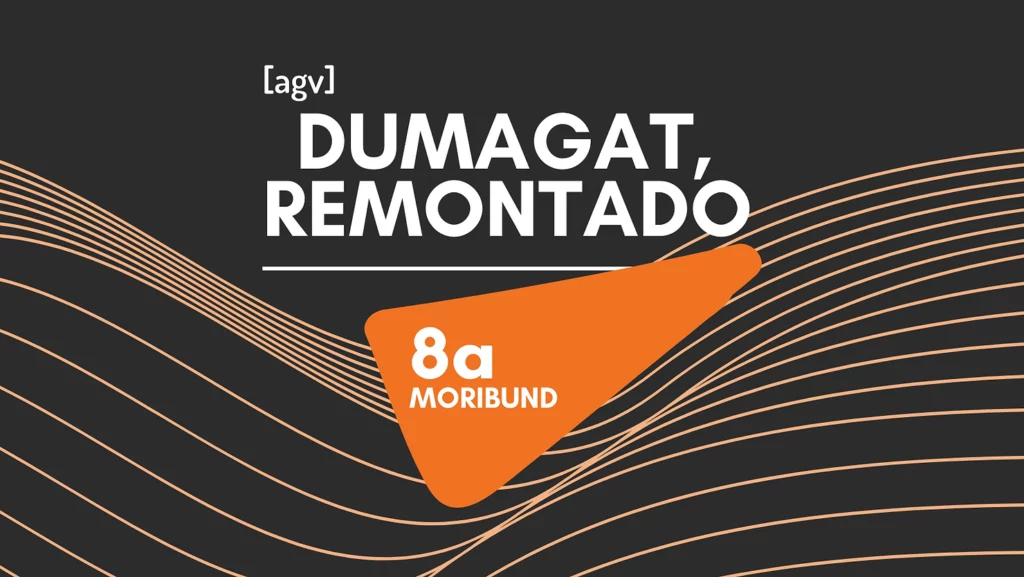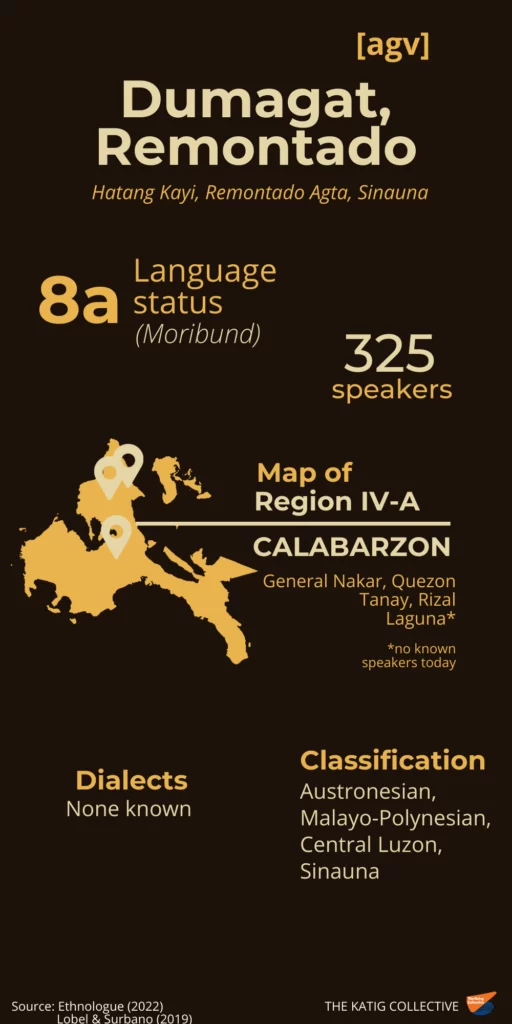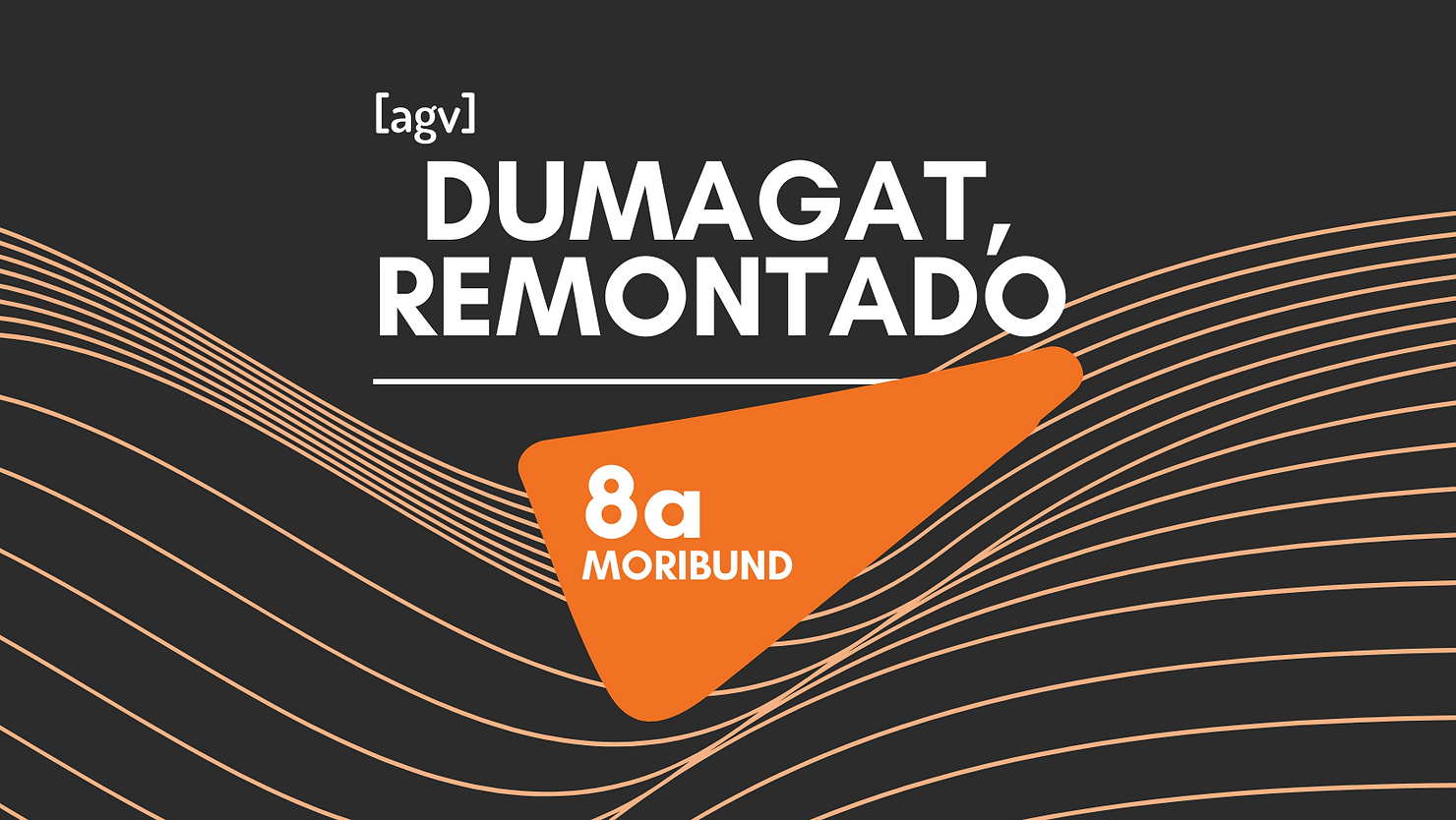Dumagat, Remontado
Once spoken in large parts of two CALABARZON provinces, Dumagat, Remontado [agv] is now confined to two sitios in Tanay, Rizal, and three areas in General Nakar, Quezon. As of 2018, only half of the said communities’ populations use the language, and the number of speakers is far less than the recorded 2,530 in 2000. Dumagat, Remontado is classified as moribund (EGIDS 8a) and was once thought to be no longer in use back in 2006 (Eberhard et al., 2022). A more recent study approximated that there are about 325 speakers left, all aged 50 years and above (Lobel & Surbano, 2019).

Aside from intermarriage with Tagalogs, Dumagets, Ilokanos, and Aklanons, non-transmission to the younger generation, and isolation of communities (Lobel & Surbano, 2019), a case of long-standing development aggression (Subingsubing & Ramos, 2021a; 2021b) contributes to the endangerment of the language and its speakers.
People in recent years
“A tribe under threat: Dumagats vs dams,” reads an article published by Inquirer in September 2021. This is the second of a two-part story focusing on the needs and concerns of the Dumagat-Remontados living in certain parts of the Sierra Madre. The article highlights key information on the controversial Kaliwa Dam project spearheaded by the Duterte administration. Aside from providing an account of the people’s fears and their determination to speak against Kaliwa Dam, the article mentions another crucial detail: they “have protested against not one but two major dam projects planned within the Kaliwa Watershed Forest Reserve” (Subingsubing & Ramos, 2021b) and have successfully blocked the first one dubbed as the Laiban Dam project introduced during the Aquino administration. It is interesting to note that aside from asserting their rights to the ancestral land, the Dumagat-Remontados also prevented what could have put an end to the existence of a threatened indigenous language.
Works about Dumagat, Remontado
Prior to the publication of Lobel and Surbano’s “Notes from the Field: Remontado (Hatang-Kayi): A Moribund Language of the Philippines” (2019), information on Dumagat, Remontado only came from fieldworks conducted in the 1970s. Teodoro Llamzon first studied the language in 1972 and elicited a wordlist from the community in Sitio Paimuhuan, General Nakar, Quezon. Another list was created in 1975 by Pilar Santos from the community in Sitio Pinutian, Tanay, Rizal, and this was expounded on in her thesis Sinauna Tagalog: A Genetic Study Examining Its Relationship with Other Philippine Languages (1975). A third list was produced by SIL Philippines member Perry Macabuhay (1977). Other studies that mention Dumagat, Remontado are those of Himes (2012) and Lobel (2013).

References
Balagtas See, A. (2009, November 5). Laiban and San Roque: two dams, two protest actions. GMA News. https://www.gmanetwork.com/news/news/regions/176322/laiban-and-san– roque-two-dams-two-protest-actions/story/
Bondoc, J. (2009, November 2). Is there no option but big Laiban? Philstar.com. https://www.philstar.com/opinion/2009/11/02/519351/there-no-option-big-laiban
Chavez, L. (2019, November 5). A Philippine tribe that defeated a dam prepares to fight its reincarnation. Mongabay. https://news.mongabay.com/2019/11/a-philippine-tribe-that- defeated-a-dam-prepares-to-fight-its-reincarnation/
Eberhard, D. M., Simons, G. F., & Fennig, C. D. (Eds.). (2022). Dumagat, Remontado. Ethnologue: Languages of the world (25th ed.). https://www.ethnologue.com/language/agv
Environmental Justice Atlas. (2015, June 5). Laiban Dam – New Centennial Water Source Project (NCWS), Quezon, Philippines. Environmental Justice Atlas.https://ejatlas.org/conflict/laiban-dam-new-centennial-water-source-project-ncws-quezon-philippines
Hammarström, H., Forkel, R., Haspelmath, M., & Bank, S. (Eds.). (2022). Spoken L1 language: Hatang Kayi. Glottolog 4.6. https://glottolog.org/resource/languoid/id/remo1247
Himes, R. S. (2012). The Central Luzon group of languages. Oceanic Linguistics, 51(2), 490-537. https://www.jstor.org/stable/23321866
Lobel, J. W. (2013). Philippine and North Bornean languages: Issues in description, subgrouping, and reconstruction. [Doctoral dissertation, University of Hawai’i at Manoa]. ScholarSpace. http://hdl.handle.net/10125/101972
Lobel, J. W. & Surbano, O. V. (2019). Notes from the field: Remontado (Hatang-Kayi): A moribund language of the Philippines. Language Conservation & Documentation, 13, 1-35. http://hdl.handle.net/10125/24796
Macabuhay, P. (1977). Dumagat, Remontado (Hatang-Kayey) wordlist. SIL International. https://www.sil.org/resources/archives/80273
Open Language Archives Community. (n.d.). OLAC resources in and about the Remontado Dumagat language. http://www.language-archives.org/language/agv
Santos, P. C. (1975). Sinauna Tagalog: A genetic study examining its relationship with other Philippine languages [Unpublished master’s thesis]. Ateneo de Manila University.
Subingsubing, K. & Ramos, M. (2021a, September 19). Vulnerable Dumagat folk find light, lift in solar power. Inquirer.net. https://newsinfo.inquirer.net/1489615/vulnerable-dumagat- folk-find-light-lift-in-solar-power
Subingsubing, K. & Ramos, M. (2021b, September 20). A tribe under threat: Dumagat vs dams. Inquirer.net. https://newsinfo.inquirer.net/1489864/a-tribe-under-threat-dumagat-vs-dams
The Manila Times. (2009, December 6). No to Laiban Dam. Pressreader.com. https://www.pressreader.com/philippines/manila-times/20091206/282492884794856

